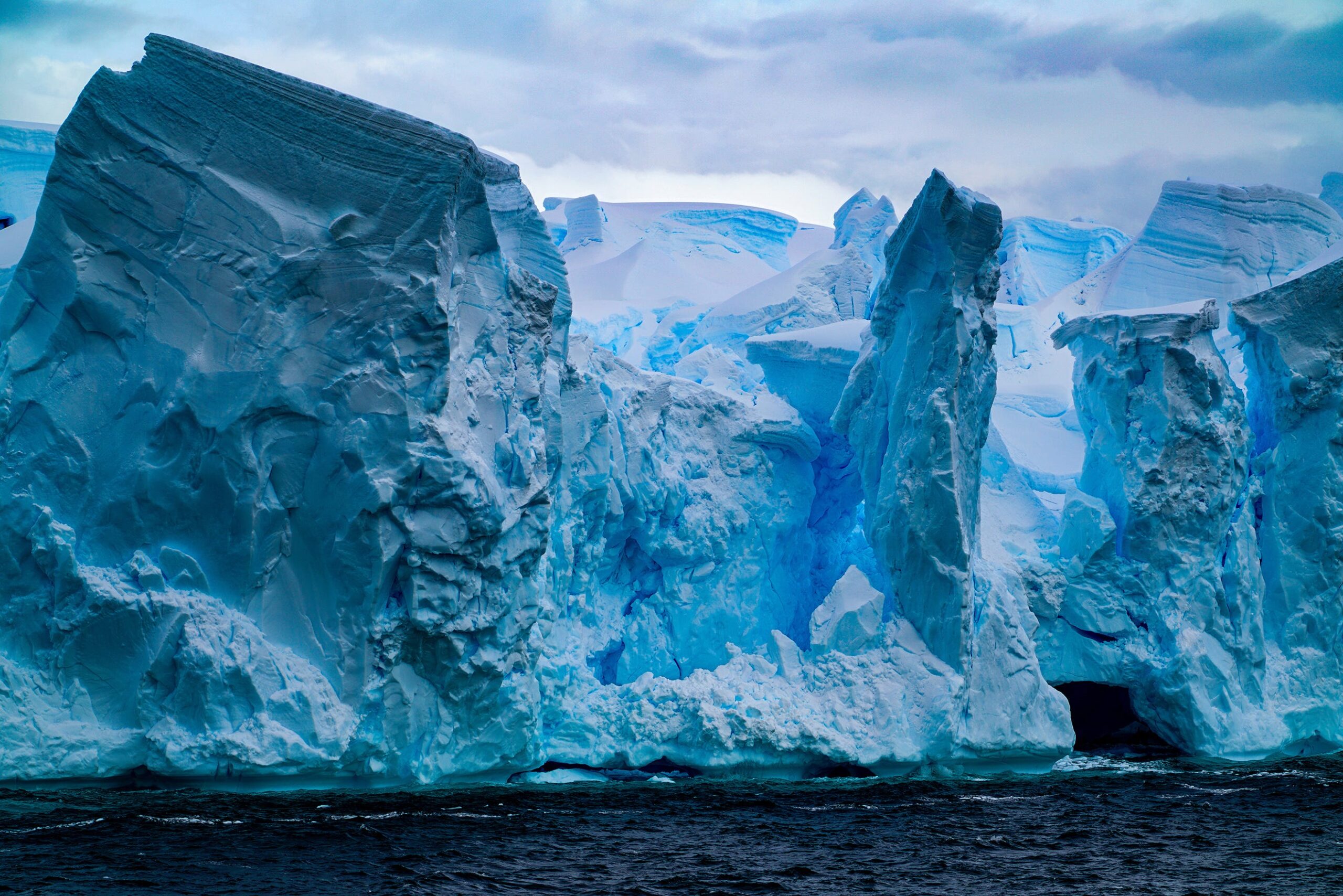
Ancient Glaciers: Unsung Architects of Life’s Dawn
A groundbreaking study published in Geology, a prestigious journal by the Geological Society of America, sheds new light on the profound influence of ancient glaciers on Earth’s early life forms. The research, led by Chris Kirkland of Curtin University in Australia, reveals that massive glaciers, active approximately 700 million years ago during the Cryogenian period, played a pivotal role in shaping the planet’s chemistry and fostering the evolution of complex life. These frozen behemoths, akin to colossal ice bulldozers, not only sculpted the landscape but also triggered chemical reactions that reverberated through the oceans, ultimately paving the way for the emergence of multicellular organisms.
During the Cryogenian period, Earth experienced what scientists call "extreme global glaciations," periods where ice sheets extended all the way to the equator. Imagine a world where the oceans, even near the equator, were completely frozen over. Life at that time was confined to the oceans and continental shelves, a harsh environment where survival was a constant struggle. The new research suggests that these glaciers, far from being just agents of destruction, were also agents of creation.
The study focuses on the immense power of these glaciers to erode the Earth’s crust. Moving at a glacial pace, these rivers of ice, sometimes more than a mile deep, scraped against the bedrock, grinding rocks into fine sediment. This process released essential minerals trapped within the rock, setting off a chain of chemical reactions that would fundamentally alter the composition of the oceans.
As the glaciers eventually melted, they unleashed massive floods, carrying the pulverized rock and its mineral cargo into the oceans. This influx of elements, including uranium, dramatically changed the ocean’s chemistry. According to Kirkland, this happened at a critical time, just as more complex life forms were beginning to emerge.
To understand these ancient events, Kirkland and his team, which included researchers from the University of Portsmouth in England and St. Francis Xavier University in Canada, chemically analyzed crystals found in rocks dating back to the Cryogenian period. These crystals served as time capsules, preserving the chemical signatures of the ancient oceans and providing clues about the processes that shaped them.
Donnelly Archibald, a study co-author from St. Francis Xavier University, emphasized the transformative power of these glaciers. He explained that the glaciers did more than just sculpt the landscape; they initiated chemical transformations that helped create the conditions necessary for complex life to thrive.
Rob Strachan, emeritus professor at the University of Portsmouth and another co-author, echoed this sentiment, stating that the research highlights the intricate connections between Earth’s geology, climate, and the evolution of life. The glaciers, in essence, acted as a bridge between these different realms, linking the planet’s physical processes with the biological processes that ultimately gave rise to complex life.
The research suggests that the grinding action of the glaciers produced fine sediment that was rapidly transported into the oceans. This sediment, rich in essential nutrients, drastically altered the ocean’s chemistry and oxygen levels in the atmosphere. Archibald argues that these changes may have stimulated the evolution of multicellular life.
One key element released by the melting glaciers was uranium. According to the University of Portsmouth, the uranium boosted oxygen levels in the water, helped cycle nutrients, and even fueled underwater heat sources. All of these factors may have contributed to the early development of life.
While the exact trigger for the Cryogenian glaciations remains a mystery, Kirkland suggests that high levels of carbon dioxide in the atmosphere, produced by volcanic activity, may have eventually warmed the planet and caused the ice to melt. While many scientists believe that the resulting changes in ocean chemistry set the stage for complex life, Kirkland’s new research suggests that the paths carved by the retreating glaciers may also have played a significant role.
The significance of this research extends beyond understanding ancient climate shifts. Kirkland argues that it can also provide valuable insights into modern, human-influenced climate change. He points out that these ancient climate shifts demonstrate that environmental changes, whether natural or human-driven, can have profound and lasting impacts on the planet.
By understanding these past events, we can better predict how today’s climate changes might reshape our world. The study serves as a reminder that Earth’s systems are interconnected and that changes in one area can have cascading effects throughout the entire planet.
The research also highlights the importance of studying Earth’s past to understand its present and future. By delving into the geological record and analyzing ancient rocks and minerals, scientists can uncover clues about the processes that have shaped our planet over billions of years. This knowledge is crucial for addressing the challenges of climate change and ensuring a sustainable future for humanity.
In conclusion, the study provides compelling evidence that ancient glaciers played a crucial role in shaping Earth’s chemistry and fostering the evolution of complex life. These frozen giants, once viewed primarily as agents of destruction, are now recognized as unsung architects of life’s dawn. Their grinding action released essential minerals into the oceans, triggering chemical reactions that ultimately paved the way for the emergence of multicellular organisms. The research also underscores the interconnectedness of Earth’s systems and the importance of studying the past to understand the present and future of our planet. The lessons learned from these ancient glaciers can help us better predict and mitigate the impacts of modern climate change, ensuring a more sustainable future for generations to come.
